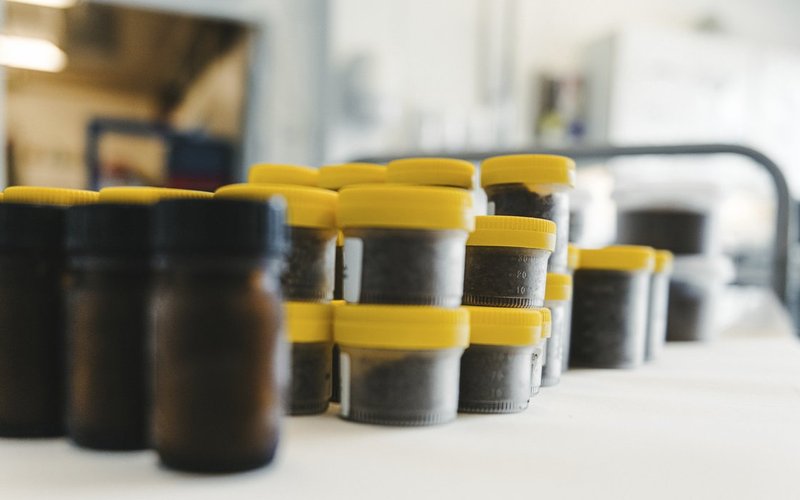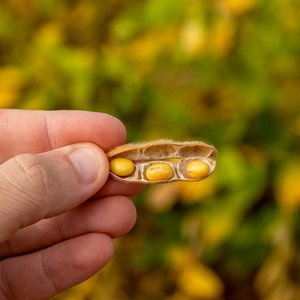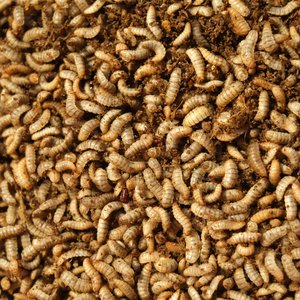Every year, the Norwegian Institute of Marine Research analyzes feed ingredients and aquafeeds to see if they contain PFAS and other environmental toxins. Per- and polyfluoroalkyl substances (PFAS) are a diverse group of thousands of chemicals used in hundreds of types of products. These kinds of environmental toxins are man-made and do not disappear from the environment once they have ended up there. “Such substances, and especially PFAS, can, for example, come from the chemicals used to de-ice aircraft or in impregnating agents for clothing,” said Anne-Katrine Lundebye, a scientist at the Norwegian Institute of Marine Research. “Traces of substances have been found in fishmeal and oil.”
Limit values were recently set for some PFAS in food, but no limit values have yet been established for animal feed or feed ingredients. “It is also important to be aware that the levels we have measured are very low. In most of the feed samples, it has not been possible to detect PFAS compounds above the method's detection limit,” said Lundebye. “We work continuously to develop the method so that we can demonstrate an even lower level than we can now.”
The 2023 results showed that most of the samples of feed, vegetable meal and insect meal have levels of PFAS that are below the detection limit. In contrast, several PFAS compounds with measurable concentrations such as perfluorooctane sulfonic acid (PFOS) were found in fishmeal and fish oils. “PFOS is one of the four PFAS compounds for which limit values have been set in food and food products, but not in feed and feed additives,” said Lundebye.
For other compounds, the level of several metals, PCBs and dioxins in salmon feeds was below the limit. The level of metals such as arsenic, mercury and cadmium, and the organic pollutants was higher in starter and smolt feed than in grow-out feed. “A possible explanation could be that starter and smolt feed has more marine ingredients than grow-out feed. It is known that marine raw materials can have higher levels of these unwanted substances than plant-based raw materials,” Lundebye concluded.
Reference:
Anne-Katrine Lundebye, Kai Kristoffer Lie, Julia Storesund and Veronika Sele, Program for monitoring fish feed — Annual report for samples collected in 2023, Report from the marine research 2024-28










